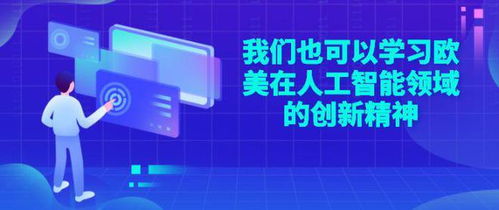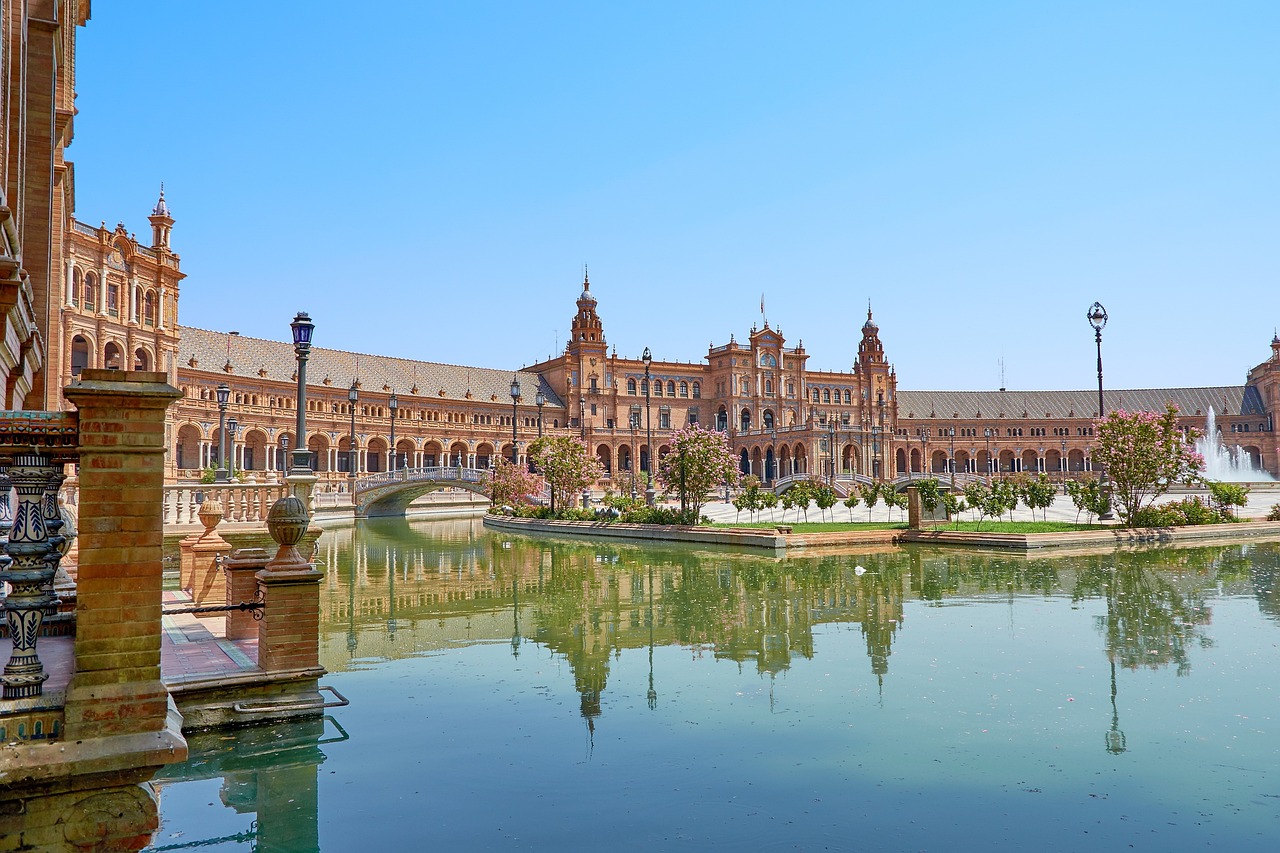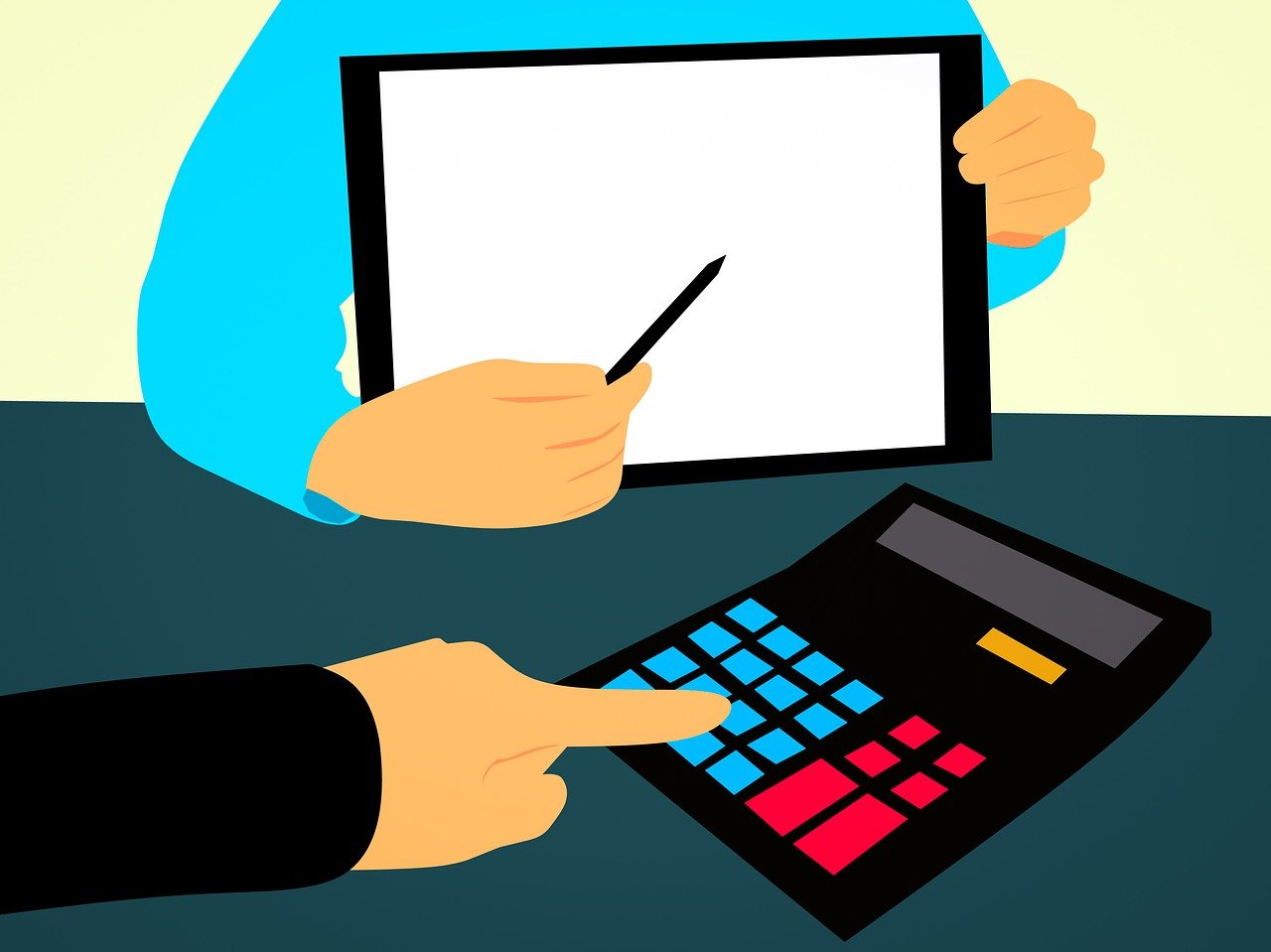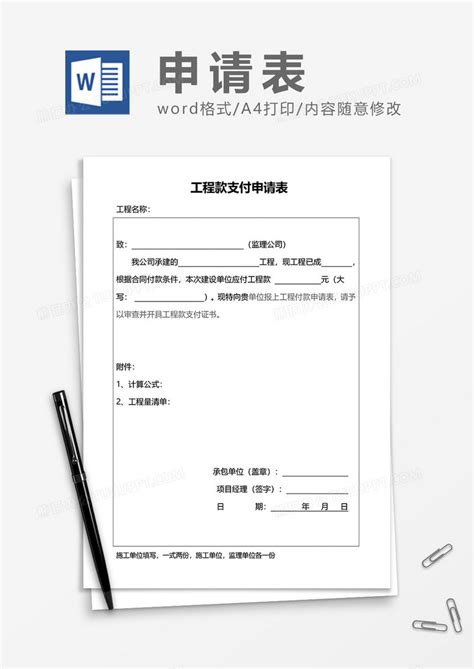人工降温咋弄
Title: Legal Frameworks for Artificial Cooling
In the face of escalating global temperatures and the consequential climate change effects, the utilization of artificial cooling methods has become increasingly prevalent. Various legal frameworks govern the implementation, usage, and environmental impact of artificial cooling technologies. Let's delve into the legal landscape surrounding artificial cooling methods:
1. International Agreements and Treaties:
Montreal Protocol:
Initially designed to phase out ozonedepleting substances, the Montreal Protocol now addresses hydrofluorocarbons (HFCs) and other potent greenhouse gases used in cooling technologies.
Paris Agreement:
While primarily focusing on mitigating greenhouse gas emissions, the Paris Agreement indirectly influences cooling methods by promoting energy efficiency and sustainable practices. 2. National Legislation and Regulations:
Energy Efficiency Standards:
Many countries enforce energy efficiency standards for cooling appliances and systems to reduce electricity consumption and associated emissions.
Emissions Regulations:
Some nations impose restrictions on the use of refrigerants with high global warming potential (GWP), encouraging the adoption of ecofriendly alternatives.
Building Codes:
Regulations often mandate the inclusion of energyefficient cooling systems and designs in new constructions to minimize environmental impact.
Waste Management Laws:
Proper disposal and recycling of cooling equipment are governed by waste management laws to prevent environmental contamination from refrigerants and electronic waste. 3. IndustrySpecific Regulations:
HVACR Industry Guidelines:
Heating, Ventilation, Air Conditioning, and Refrigeration (HVACR) industry associations often establish voluntary guidelines or standards to promote sustainable practices among manufacturers and service providers.
Food Safety Regulations:
Cooling technologies used in food storage and transportation must comply with food safety regulations to ensure product quality and public health. 4. Innovative Policies and Incentives:
Carbon Pricing:
Some jurisdictions implement carbon pricing mechanisms, such as carbon taxes or capandtrade systems, to incentivize the adoption of lowcarbon cooling technologies.
Subsidies and Rebates:
Governments may offer financial incentives, such as subsidies or rebates, to encourage the purchase of energyefficient cooling appliances and the adoption of renewable cooling solutions.
Research Funding:
Public and private funding initiatives support research and development efforts aimed at advancing sustainable cooling technologies and practices. 5. Climate Adaptation Strategies:

Urban Planning Regulations:
Urban planning policies incorporate considerations for heat resilience, including the strategic placement of green spaces and the implementation of cool roof initiatives to mitigate urban heat island effects.
Emergency Response Plans:
Governments develop emergency response plans to address heatwaves and extreme heat events, including measures to provide access to cooling centers and public cooling infrastructure. 6. International Cooperation and Technology Transfer:
Technology Transfer Agreements:
International agreements facilitate the transfer of environmentally sound cooling technologies to developing countries to support their climate adaptation efforts.
Capacity Building Programs:
Collaborative initiatives offer training and capacity building programs to enhance the skills and knowledge necessary for the sustainable deployment of cooling technologies in different regions.Conclusion:
The legal framework surrounding artificial cooling methods encompasses a diverse array of international agreements, national legislation, industry regulations, and innovative policies aimed at mitigating climate change and promoting sustainable development. As the global community continues to grapple with the challenges of rising temperatures, the evolution of these legal frameworks will play a crucial role in shaping the future of cooling technologies and their environmental impact.










